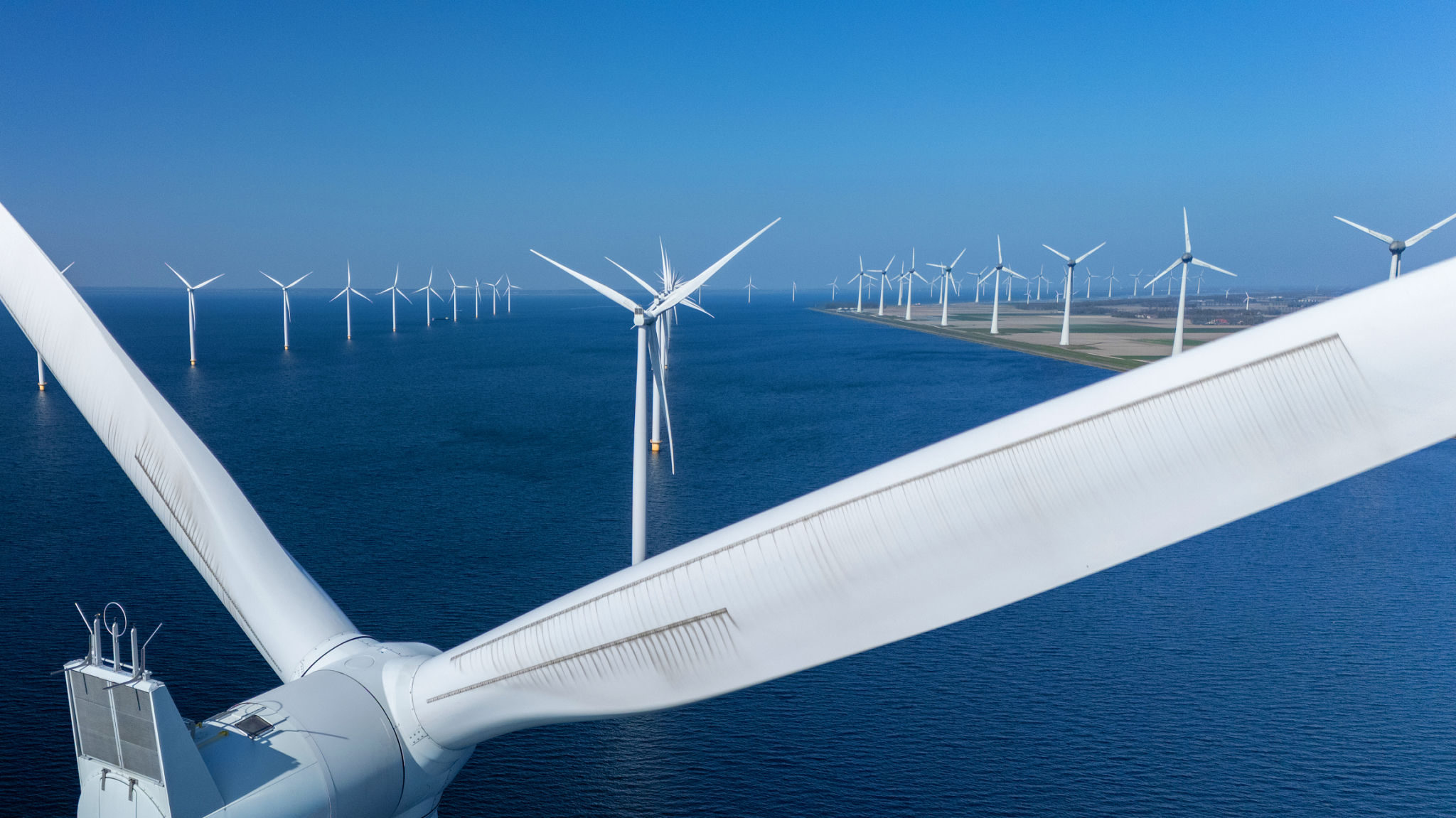The Future of Clean Energy: Innovations and Trends to Watch
Introduction to Clean Energy Innovations
As the world grapples with the challenges posed by climate change, the shift towards clean energy has become more urgent than ever. Governments, corporations, and individuals are increasingly investing in sustainable energy solutions. This paradigm shift is fostering a wave of innovations aimed at reducing our carbon footprint and promoting a greener future.

Advancements in Solar Technology
Solar energy continues to lead the charge as one of the most accessible and efficient forms of renewable energy. Recent innovations have focused on increasing the efficiency of solar panels, making them more affordable and accessible. Technologies such as perovskite solar cells are being developed, which promise to significantly boost energy conversion rates.
Additionally, advancements in solar storage systems are enabling better energy management. Batteries that store solar energy for use during non-sunny periods are becoming more efficient, ensuring a constant power supply. This evolution is critical in making solar power a viable option for both residential and commercial use.
The Rise of Wind Energy
Wind energy is another sector experiencing rapid technological advancements. New turbine designs are focusing on harnessing wind energy more efficiently, even at lower wind speeds. Floating wind farms are also gaining traction, allowing for the placement of turbines in deeper waters where winds are stronger and more consistent.

The integration of artificial intelligence in wind energy is optimizing operations and maintenance. AI systems can predict equipment failures before they happen, reducing downtime and maintenance costs. This not only enhances productivity but also extends the lifespan of wind energy installations.
Emergence of Green Hydrogen
Green hydrogen is emerging as a promising clean energy source. Produced by using renewable electricity to split water into hydrogen and oxygen, it offers a carbon-free fuel option. Industries such as transportation and manufacturing are exploring green hydrogen for its potential to decarbonize sectors traditionally reliant on fossil fuels.
Efforts are underway to reduce the cost of producing green hydrogen. As technology advances, it's expected that production will become more economical, making it a competitive alternative to traditional energy sources.

Energy Storage Breakthroughs
Energy storage is crucial for managing the intermittent nature of renewable energy sources like solar and wind. Breakthroughs in battery technology are paving the way for more reliable energy storage solutions. Solid-state batteries, for instance, offer increased safety and longer lifespans compared to traditional lithium-ion batteries.
Additionally, grid-scale storage systems are being developed to enhance the stability of power grids. These advancements are vital for ensuring a consistent power supply, even when renewable energy generation is low.
The Role of Policy and Investment
Government policies and investments play a pivotal role in accelerating the adoption of clean energy technologies. Initiatives such as subsidies for renewable energy projects and carbon pricing mechanisms are encouraging businesses to transition to greener solutions. Increased funding for research and development is also driving innovation in the clean energy sector.
As these trends continue to evolve, collaboration between public and private sectors will be essential in achieving global sustainability goals. By staying informed about these developments, individuals and businesses can contribute to a cleaner, more sustainable future.